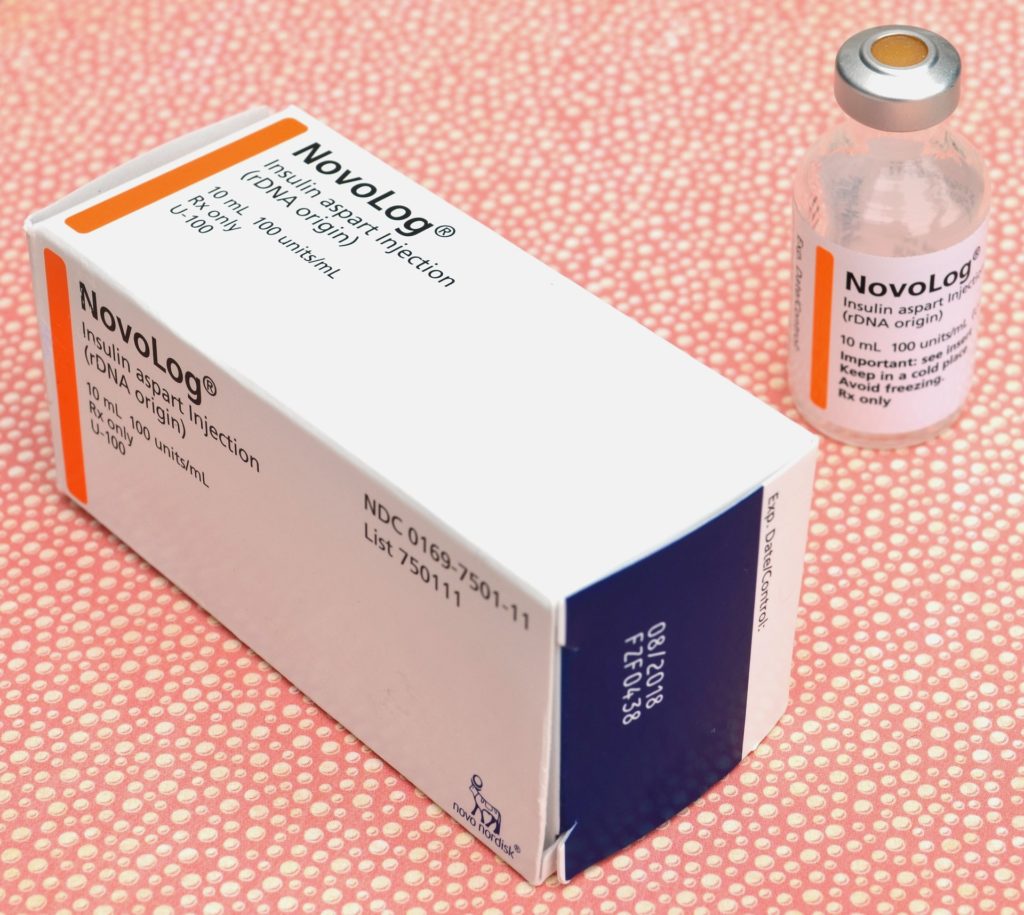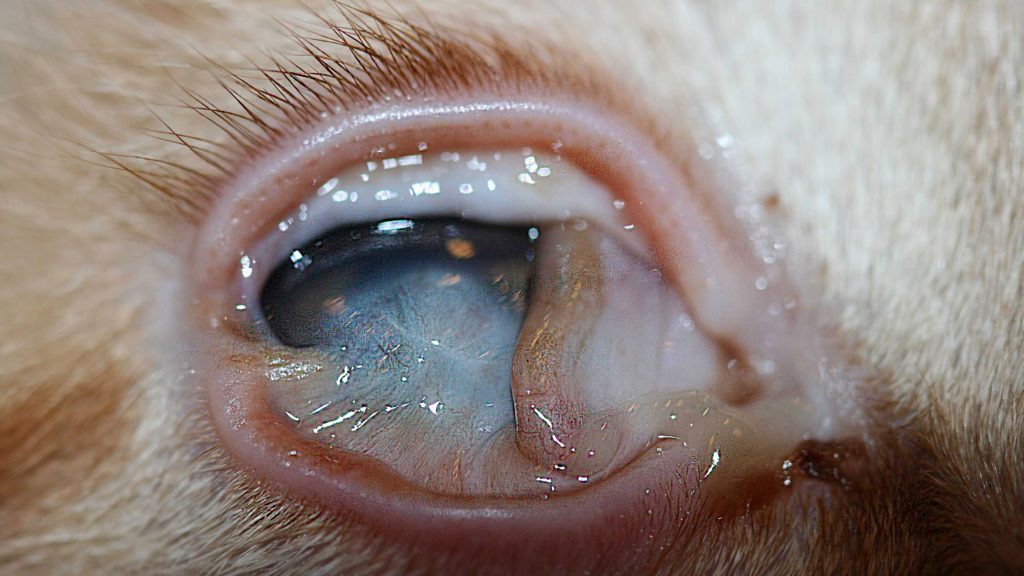
The very first rule for people diagnosed with type 2 diabetes is to eat a healthy nutritious diet. Attention to ingested calories, as well as nutrients contained in various foods, become integral parts of a diabetic person’s life. However, this might not be enough: an important role in determining the future health status of people with this condition could be played by the degree of processing of foods that end up on the dish. These products are described as “ultra-processed” and are associated with adverse health outcomes, as reported in general population studies.
A study conducted by the Department of Epidemiology and Prevention at the I.R.C.C.S. Neuromed in Pozzilli, Italy, published in the American Journal of Clinical Nutrition, has now analyzed whether consumption of ultra-processed foods could be a risk factor also for more vulnerable people, such as those suffering from type 2 diabetes. Results show that a high consumption of ultra-processed foods is associated with a substantial increase in the risk of mortality, especially from cardiovascular diseases, regardless of the nutritional quality of the diet, as reflected by adherence to the Mediterranean Diet.
Ultra-processed foods are products that have undergone often intense processing, made, in part or entirely, with substances that are not usually used in the kitchen (e.g., hydrolyzed proteins, maltodextrins, hydrogenated fats) and generally contain several food additives, such as colorings, preservatives, antioxidants, flavor enhancers and sweeteners. Their main purpose is not to improve the nutritional properties of food but rather to enhance its taste, appearance and shelf life. Packaged snacks, fizzy and sugary drinks, ready-to-eat meals and fast-food come immediately to the mind. It’s true, but they don’t represent the whole situation: the level of processing, as well as the use of additives, are features that can also be found in foods that we might consider healthful, such as fruit yogurt, breakfast cereals, crackers, and a large part of meat substitutes.
The Italian researchers analyzed data from the large Moli-sani Study and specifically examined 1,066 participants who were affected by type 2 diabetes at study entry in 2005-2010.
“Over an average follow-up of 12 years – says Marialaura Bonaccio, epidemiologist of the Department of Epidemiology and Prevention of the IRCCS Neuromed of Pozzilli and first author of the study – we observed that a diet rich in ultra-processed foods exposed people with diabetes to a greater risk of death. Participants reporting a higher consumption of ultra-processed foods had 60% increased risk of dying from any cause, compared to people consuming less of these products. The risk of mortality from cardiovascular diseases, which is a leading cause of death for people with diabetes, was more than doubled.”
“One of the most interesting results of this study – says Licia Iacoviello, Director of the Department and full professor of Hygiene at the University of Insubria of Varese and Como – is that the increased risk linked to ultra-processed foods was observed even when participants reported a good adherence to the Mediterranean Diet. These findings suggest that if the dietary share of ultra-processed foods is high, the potential advantages of a healthful Mediterranean Diet risk to be overlooked”.
“These results – comments Giovanni de Gaetano, President of the IRCCS Neuromed of Pozzilli – may have important implications for future dietary guidelines to manage type 2 diabetes. In addition to the adoption of a diet based on well-known nutritional requirements, dietary recommendations should also suggest limiting the consumption of ultra-processed foods as much as possible. In this context, and not only for people with diabetes, the front-of-pack nutrition labels should also include information on the degree of food processing”.



